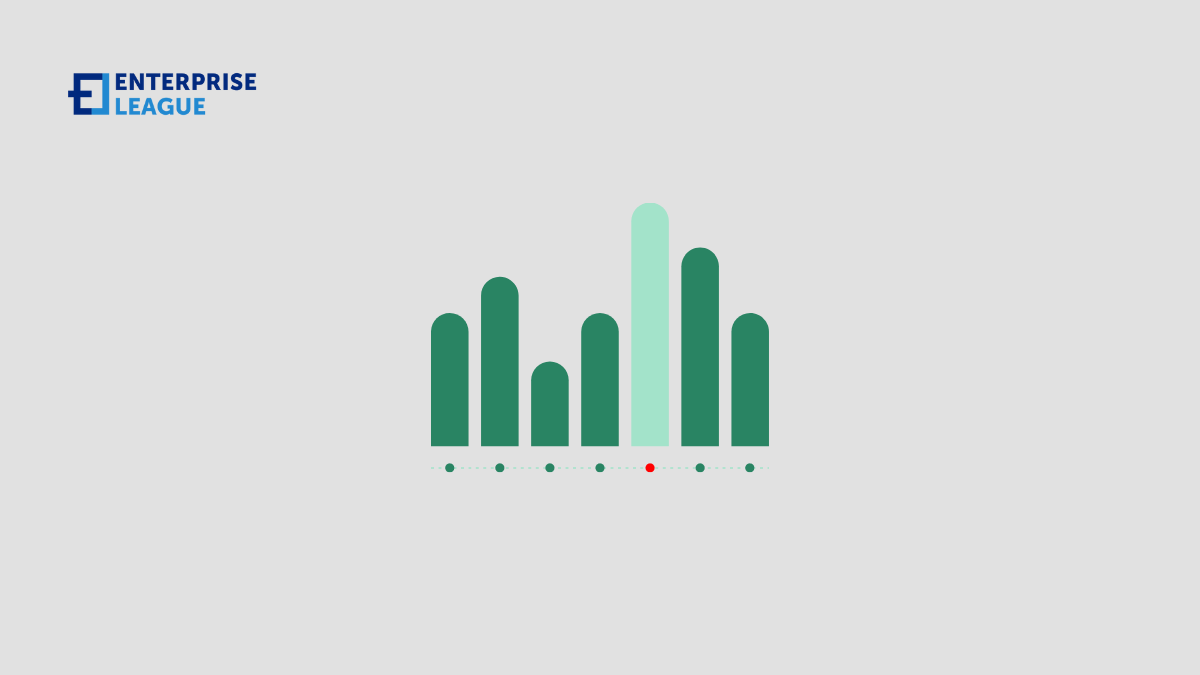Running a food truck is no easy feat. Long lines, slow payments, and wasted ingredients can eat into your profits faster than you can serve up a taco. Many owners struggle to keep operations smooth while trying to meet customer demands. Sound familiar? Here's the good...

Types of services a real estate virtual assistant offers
As a real estate business owner, your affairs are easy to manage at the start so you may think you don’t need to hire a real estate virtual assistant. However, if you are successful, your business will swiftly build up speed. Momentum is hard to manage, and it can overwhelm even the best of us.
Growing and expanding your staff can needlessly increase costs and cut into your profit margins. To avoid this, hiring a real estate virtual assistant is your best option.
What is a real estate virtual assistant and do you need one?
In the age of the internet, real estate virtual assistants are an important factor in keeping a competitive edge. They understand how to pitch and manage. Additionally, real estate software development plays a crucial role in this landscape, facilitating the creation of innovative tools and platforms.
Having a real estate virtual assistant allows any real estate agency to stay lean and mean via needs-based contracting. Some tasks are just too expensive to handle in-house, such as data processing, graphic editing, and online marketing.
Outsourcing is also more cost-effective than permanently expanding your staff. Given that you are not limited by geography, you have a nation-wide talent pool at your disposal.
What does a real estate virtual assistant do?
As a general rule: tasks that require a discerning eye and/or human creativity cannot be automated by a robot, as of yet.
Similar to any profession, real estate virtual assistants can have multiple specializations. Our advice is to select a contractor whose skills match your needs. Of course, some well-rounded professionals can handle all of the following tasks.
Social media management
If used correctly, marketing on social media platforms can be a beneficial means of promoting your brand, announcing company news, and attracting traffic to your lead funnel. Organic social media exposure would cost you a pretty penny using more traditional advertisement spaces.
It’s also seen as a more laid-back medium. On social media, a good real estate virtual assistant can experiment with humor, content writing, photography, editing, etc. Wit in advertisement is like an ear for music: you either have it or don’t.
Either way, real estate virtual social media management can quickly become a full-time job. However, it pays for itself many times over.
The same logic applies to email marketing campaigns or HARO pitches.
MLS uploads
Listing uploading is one of those tasks that does not scale well with size. By themselves, Multiple Service Listing uploads do not take much time. However, this process cannot be automated, and it can devour a lot of time if you have a large number of listings.
You can pass the information along to your real estate virtual assistant and all of the data is verified and double-checked by the VA; then it is uploaded.
Managing clients
Your real estate success will hinge on your ability to connect and relate to clients. Yet, the backend of holding meetings and taking phone calls can get a little messy. It is easy to lose track of everyone’s schedules and appointments.
Time is a factor, and rushing can cause you to make amateurish mistakes like sending misspelled words in emails, forgetting names, and even unintentional ghosting.
CRM and fluff
Modern economies run on a combination of tangible services and data gathering. As this engine churns, you will need to gather your own data.
A CRM (customer relationship management) database represents all clients’ aggregate details – and with software such as Paperless Pipeline it’s easy to manage the tasks and processes involved in real estate transactions.
While you can use software to update this database automatically, the process isn’t perfect. Multiple sign-ins can create duplicates, and specific details need to be updated. Your real estate virtual assistant can comb through tangled strings of data.
In terms of fluff, you can go the extra mile. It is possible to keep track of special days such as anniversaries or birthdays. Small tokens of esteem such as birthday cards, messages, and emails can go a long way in building a loyal client base. Companies can be aware of the names of important family members, pets, favorite sports teams, etc.
Whatever your data entry needs may be, you can rely on your assistant to handle it. Small demonstrations of personalization and outreach will give you an edge in sales.
Conclusion
It is possible to fill a large book by explaining the benefits of delegating your secondary and tertiary tasks to a real estate virtual assistant. I just skimmed the surface.
The ultimate conclusion is that all of the tasks handled by the real estate virtual assistant are not optional. Most are relatively simple, yet indispensable. Similar to chores, they can be time-consuming and can quickly pile up into a mess.
It is easy to let repetitive tasks pile up because you are focused on your core business processes like sales, this, however, is a slippery slope and can cause you to burn out. Hiring new staff to handle “chores” is not optimal, and maybe you cannot afford another in-house member.
Outsourcing your secondary/repetitive tasks while maintaining your core competencies inhouse is ideal. It is cheaper, and you benefit from a broader candidate selection pool.
More must-read stories from Enterprise League:
- You don’t need a crystal ball to predict future trends. Learn how to keep your business ahead.
- The golden rules you need to build a steady buyer-seller relationship.
- Educate and entertain yourself with the best business movies.
- 26 unfortunate hiring mistakes employers make and how to prevent them.
- The issues of a bad business location and how to overcome them.
Related Articles
Tech-Empowered Food Trucks: How Mobile POS, Cloud Ordering & Data Analytics Unlock Profit Potential
Where to Find FBA Prep and Compliance Services for Amazon Sellers in North America
Finding the right FBA prep and compliance services for Amazon sellers in North America can make or break your business. As Amazon tightens its rules and phases out its own prep offerings, third-party partners have become essential for keeping your inventory compliant,...
12 Signs It’s Time for Your Business to Switch Banking Platforms (And What to Look For)
Are high banking fees or outdated tools slowing down your business? Many businesses struggle with platforms that don't meet their needs. This blog will help you spot signs it's time for a change and what to look for in a better option. Keep reading to make the switch...
What Are My Options for 24-Hour Fire Watch Services Near Me?
The fire risks associated with running a business change depending on each company's operations. Whether your employees work on construction sites, manage residential units or clock in at a traditional office, fire watch experts can help. Explore your options...
Remote Support for Cross-Platform Teams: How HelpWire Optimizes IT for Windows, macOS, and Linux
In the current business environment, IT teams are tasked with supporting increasingly complex and diverse workforces. With many companies transitioning to remote and hybrid work models, the need for reliable, cross-platform support has never been more apparent....






















